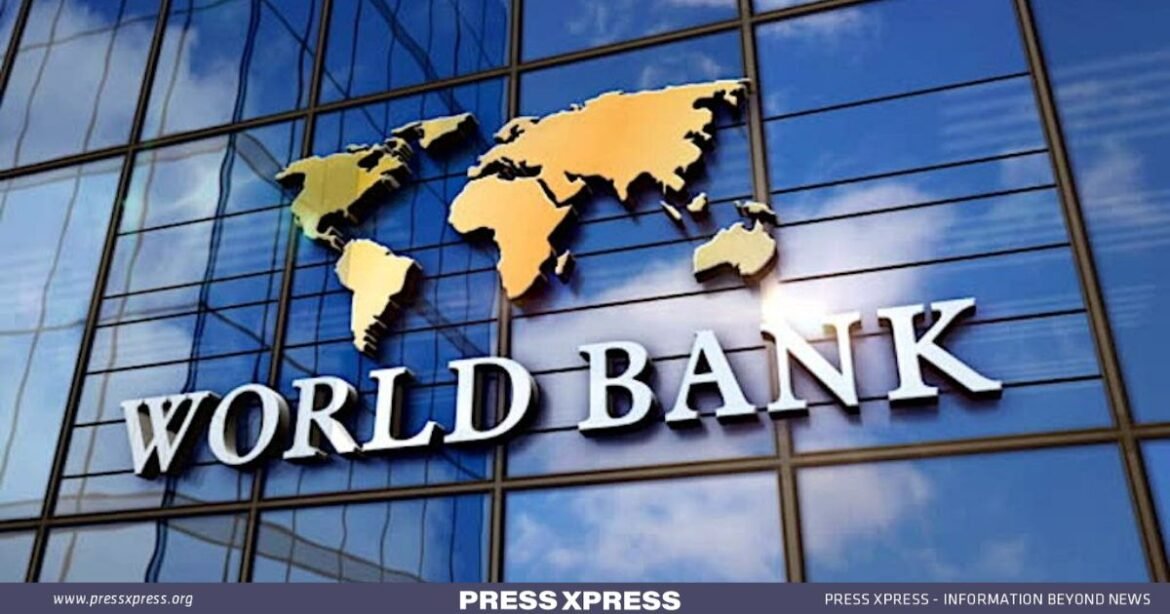Key Points:
- Border: 5th largest in the world between Bangladesh and India
- Bangladesh’s trade with India is only 10%
- India’s trade with Bangladesh is a mere 1%
- 15% price hike for goods from India’s northeast via the 1,600km Siliguri corridor
The World Bank, in a recent forum, underscored the untapped trade potential between Bangladesh and India, spotlighting the underwhelming trade figures despite the substantial land border they share. Despite having the world’s 5th largest land border, bilateral trade between these burgeoning economies remains disproportionately low. Bangladesh’s trade with India constitutes merely 10% of its total trade volume, whereas India’s trade with Bangladesh accounts for a mere 1%.
Trade Collaboration and Integration
The World Bank’s director for regional integration in South Asia, led the discussion, emphasizing the pivotal role of a well-connected South Asia in fostering trade and investment opportunities within the region.
The discussion highlighted the significance of integrated border trade management, particularly at key land ports such as Benapole-Petrapole, where the transit of cross-border goods faces considerable delays. Participants emphasized viewing the movement of goods-laden trucks between Bangladesh and India as advantageous rather than threatening, citing the potential for substantial time and cost savings by minimizing unnecessary loading and unloading processes.
You can also read: BANGLADESH SETS MANPOWER EXPORT RECORD
Addressing the need for concrete measures, the discussion emphasized the implementation of the Bangladesh, Bhutan, India, and Nepal (BBIN) Motor Vehicle Agreement (MVA) and the signing of bilateral Free Trade Agreements (FTA). Auguste Tano Kouame, the World Bank’s country
director for India highlighted the possibility of doubling India’s trade with Bangladesh through an FTA. He also outlined the considerable price hike (15%) faced by goods transported from India’s north-eastern region to the rest of the country via the elongated Siliguri corridor, which spans approximately 1,600km. Kouame proposed that enhanced regional integration could potentially reduce this distance to a mere 400km by utilizing Bangladesh’s connectivity.
Responding to concerns about perceived favoritism towards India’s interests, Cecile Fruman emphasized that South Asian regional integration would benefit all countries within the region, assuring that the initiatives were designed for mutual advantages.
The forum shed light on the World Bank’s recent investment endeavors in South Asia, focusing on enhancing rail and waterway connectivity between Bangladesh and India. These initiatives aim to bolster interconnection infrastructure, facilitating smoother trade and economic collaboration between the two nations.
WB Backs Bangladesh’s Development Goals
The Country Director of the World Bank for Bangladesh and Bhutan underscored Bangladesh’s ambitious development objectives. He noted that Bangladesh is actively working towards achieving middle-income status by 2026 and has set its sights on becoming a developed nation by 2041. Importantly, as Bangladesh’s import and export activities continue to grow, the World Bank is actively engaged in providing support and implementing various projects crucial to the country’s progress.
Furthermore, the World Bank delegation reiterated their commitment to maintaining the ongoing collaboration with the World Bank, with a specific focus on nurturing and developing the youth of Bangladesh into skilled human resources. This joint effort will include the organization of various knowledge-based training sessions and specialized workshops, aimed at fostering future leaders in partnership with the CCCI.

South Asia’s Regional Trade
In South Asia, regional trade constitutes a mere 5% of total trade, a stark contrast to East Asia, where intra-regional trade stands at 50%. This disparity is attributed to the exorbitant costs of connectivity, resulting in countries like Bangladesh trading more favorably with distant economies than with neighboring nations. The World Bank’s report, “Connecting to Thrive,” revealed that trading from Bangladesh to Germany is more cost-effective than trading with neighboring India. The potential for increased regional trade is significant for Bangladesh, with estimates suggesting a potential 182% surge in exports to India through the implementation of a free trade agreement. Enhancing transport connectivity could further catapult Bangladesh’s exports to India by an impressive 297%. The removal of border frictions in truck movement between countries promises substantial economic benefits, potentially elevating Bangladesh’s national income by over 16%. This could significantly contribute to poverty reduction and job creation.
A substantial investment of $753.45 million from the World Bank aims to revamp infrastructure and processes within Bangladesh’s trade landscape. This includes upgrading the Sylhet-Charkai-Sheola road to a climate-resilient four-lane road, slashing travel time by 30%. The program also focuses on digitizing systems and streamlining processes at major land ports, handling around 80% of the nation’s land-based trade. The project targets the current inefficiencies in communication between customs and the Bangladesh Land Port Authority. Processes often involve intermediaries, resulting in delays and inefficiencies. Improved IT-enabled services for trade, including electronic tracking of truck movements, queuing systems, and modernizing the Chattogram customs house, are part of the initiative. The modernization of this customs house, originally built in 1920, will include enhanced capacity, infrastructure, collaborative laboratories, and provisions for women. This comprehensive project aims to streamline trade operations, reduce human interaction, enhance transparency, and decrease congestion at ports, ultimately expediting border clearance and facilitating greater cargo throughput.
The Way Forward
The consensus from the discussion centered on the urgent need for streamlined policies, integrated trade management, and active collaboration to harness the enormous potential lying within South Asia’s interconnected trade network. The World Bank’s advocacy for improved connectivity stands as a beacon for unlocking the region’s economic prospects, emphasizing collaboration and mutual benefit as the driving forces for growth and prosperity in the region.


